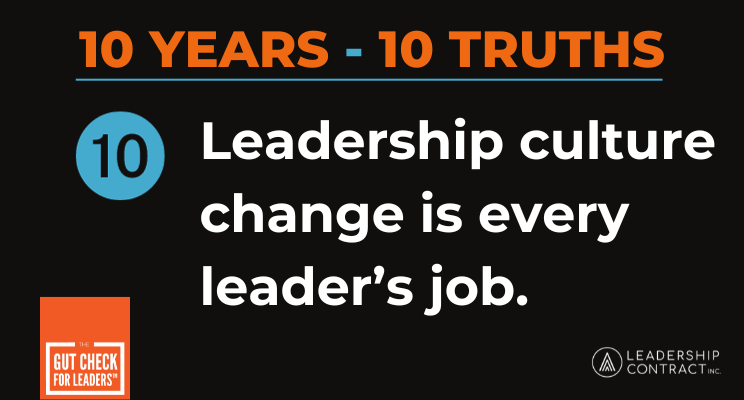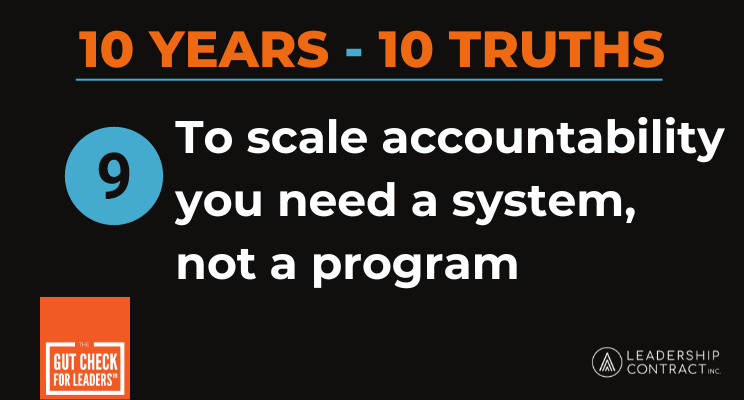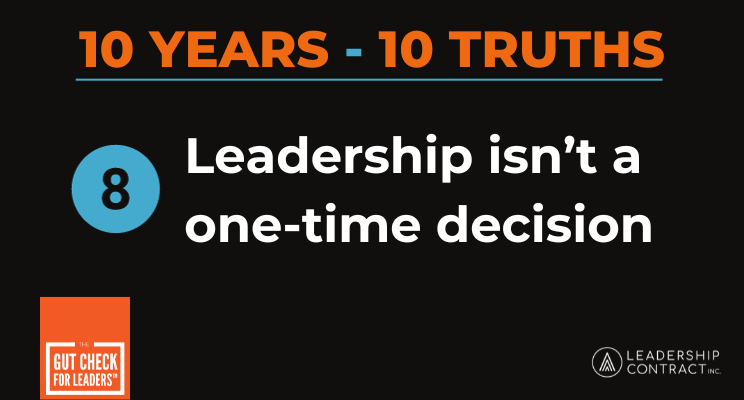Note: A version of this article was originally published on Forbes Business Council.
If I’ve learned anything over the last two years, it’s that the best leaders can adapt their leadership to respond to critical inflection points, events that change and disrupt the normal course of business. And further, that leaders who are unwilling to adapt to inflection points tend to struggle and fail.
Inflection points can take many different forms. For some, it’s the opportunity for hypergrowth. For others, it could be global expansion or another fundamental shift in their business models. Still, others may be facing the unique challenges that accompany M&As.
Do any of these sound familiar to you? One way or the other, all leaders are facing inflection points. So, what can we do to better address these critical moments of change and disruption?
The leaders I work with tend to demonstrate similar approaches. Many preach the value of keeping one eye on business operations, and another firmly on outside events and trends. They also emphasize the need to keep their teams up to date, so they can respond accordingly.
Unfortunately, many leaders are so consumed with daily tasks they do not have the time to monitor the outside world. It’s not that execution of priorities isn’t important; but all leaders need to periodically lift their heads up and see what’s coming at them so they can adapt.
My global research also reveals this ability to study outside events and adapt is a core capability of truly accountable leaders. As I describe in my book, Accountable Leaders, these leaders regularly find clarity even when current conditions are anything but clear.
Here’s something else I’ve learned: while we definitely need senior leaders to have the capacity to respond to inflection points, all leaders at all levels must have the ability to recognize disruption and adapt. You cannot be truly accountable unless you understand your external environment.
In addition to the two strategies I mentioned above, here are my top 15 strategies for managing through an inflection point.
- Scan your business environment. Keep an eye on events transpiring outside your organization, and identify the events and trends that will affect you most.
- Understand your company’s strategy. It’s surprising to me how many leaders lack clarity about their company’s strategy. Don’t wait for clarity to come to you; dig deep and unearth your organization’s long-term strategy and what role you can play.
- Understand the changes taking place in your company. As is the case with strategy, you need to make deliberate efforts to identify all of the changes unfolding in your organization.
- Bring clarity to your team. As you gain insight into strategy and changes in your company, take the time to keep your team up to date on all the same information.
- Connect with peers and colleagues. There is a lot you can learn through formal and informal conversations with others. Make a point of reaching out and making connections on a regular basis.
- Be optimistic. The best leaders demonstrate optimism about their organization and its future, even in the face of uncertainty and ambiguity. Your teams are looking to you to inspire them about the future.
- Understand leadership expectations. Consider how these external drivers are shifting the leadership expectations of you and how you need to step up as a leader.
- Broaden your perspective. The complexity of the business world today demands that leaders have broad perspectives, which come from an expansive knowledge base. Leaders need to be eclectic thinkers and learn outside their areas of expertise.
- Read as much as you can. What are your go-to resources to keep you on top of what is happening in your industry and the world in general? Never stop probing.
- Stay connected. Develop a core group of advisors you can go to for periodic conversations about the business issues that matter most to you.
- Don’t become complacent. Change happens fast and those who are able to adapt the fastest typically gain the edge. Those who hold on to old patterns and ways of thinking will struggle.
- Be an observer: Leaders also can acquire perspective by learning to routinely “step outside of themselves” and be observers while they are engaged with others to gain perspective.
- Appreciate the personal impact. Take the time to understand the pressures, scrutiny, and demands that you are facing in your leadership role.
- Develop personal insight about yourself: Soliciting feedback from trusted colleagues, peers, and direct reports is an effective way of knowing more about oneself. Self-awareness also is enhanced through personal reflection. Many leaders use daily practices like journal writing, walking, reading, or quiet time to reflect on their role as leaders and to acquire perspective along the way.
- Commit to Lead the future. Companies today need leaders at all levels fully committed to leading through critical inflection points. Be a leader your company can count on when the going gets tough.
More Leadership Resources
We have many resources to help you become the most accountable leader you can be, develop accountable leaders on your team, and scale leadership accountability across your organization.
Signup for our monthly newsletter with the latest Gut Check for Leaders, Lead the Future Podcast, and other important leadership accountability news.





